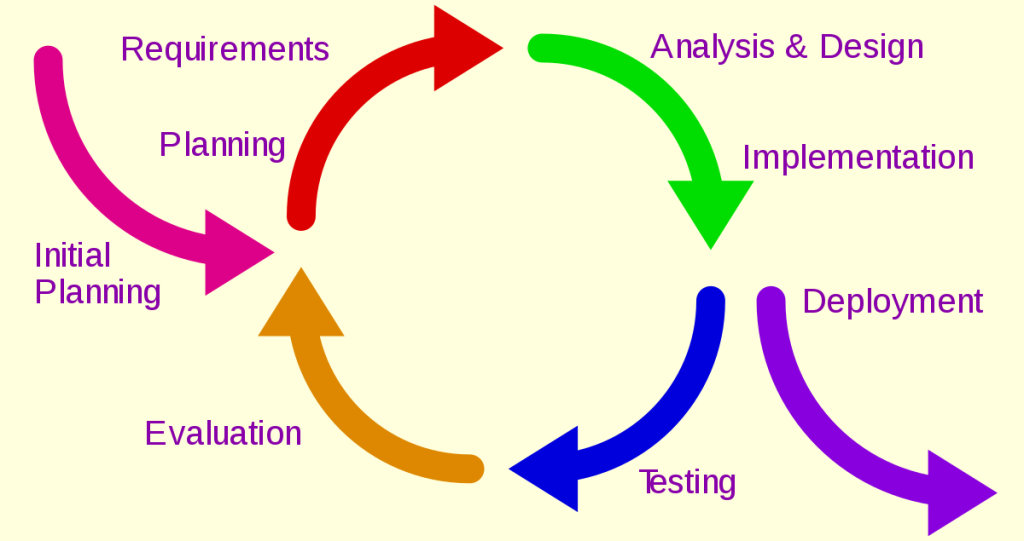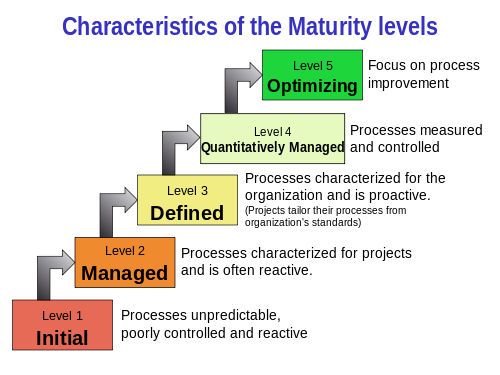--Originally published at Coder Bebop
How long was this last partial? Three weeks long? I hardly even felt it. I only remember two guest speakers, honestly. If there was another one I feel bad for not remembering. Mr. Escobedo gave us a good talk about finances, and the last person, the unit testing guy.
Something I would recommend Mr. Escobedo (though, I have done it myself, and now I see it as a little disrespectful) is laughing at the guy who asked a question about the current mexican government. It is okay to make a point by laughing, but sometimes when you are in a more serious environment (I mean, half of the class does not even turn their cameras on, and the other half never talks), you should not take for granted that your audience will respond as you hope it will.
As for the Unit Testing fella (can’t remember his name), he kept talking about how Unit Testing almost by itself could land us a job, but I wish he would have been a little more direct and make emphasis on the job part (since I believe is what most people are really into throughout their career) and then tell us about his topic. I liked his examples on it, though.
In the end, the fact that testing is not only in our lives as software engineers, but also in our daily routines and outside activities gives this class an edge and allows students to experiment a satisfaction that few other courses give them.





